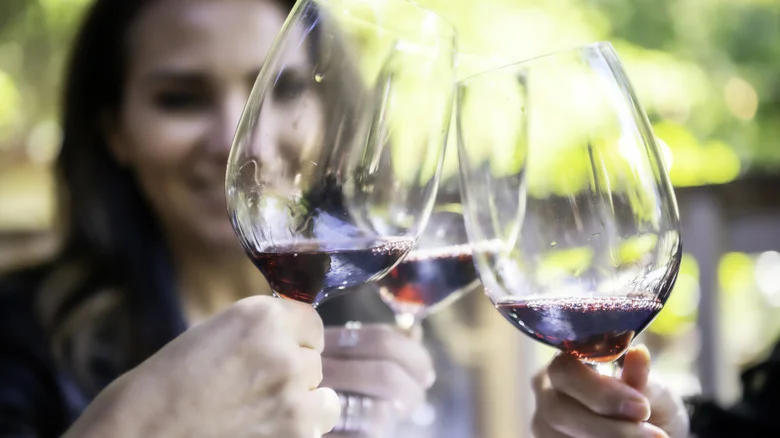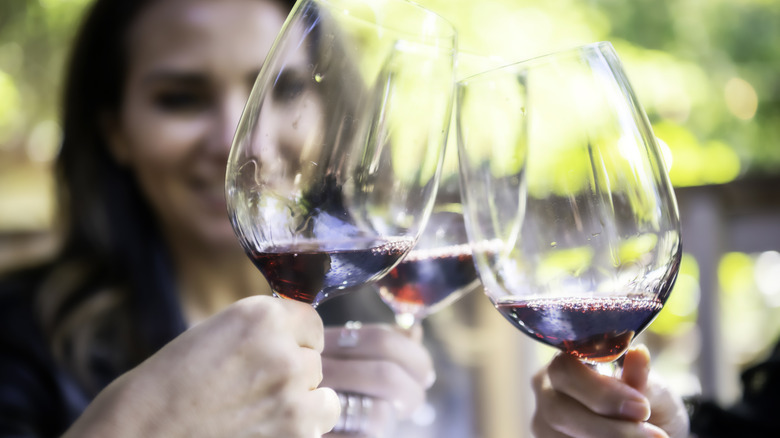
California Wine Producers Consider Adding Sugar to Boost Alcohol Content
In a move that could potentially alter the taste and quality of their products, some California wine producers are contemplating the addition of sugar to their wines. This practice, known as chaptalization, involves adding sugar to the grape must before or during fermentation to increase the alcohol content of the final product. Traditionally used in cooler regions to compensate for underripe grapes, the practice is now being considered in California due to changing climate conditions affecting grape ripeness.
The debate over chaptalization in California is heating up as winemakers grapple with the implications of this technique. While some argue that it could help maintain consistency in wine quality amidst unpredictable weather patterns, others worry about the potential impact on the unique flavor profiles that define California wines. The state's wine industry, a significant part of its economy, is thus at a crossroads, weighing the benefits of chaptalization against the risk of altering the cherished characteristics of their wines.
Environmental factors, such as cooler temperatures and increased rainfall, have led to grapes that are less ripe than desired, prompting the consideration of chaptalization. This technique, while common in other wine-producing regions like France, is less typical in California, where the climate has historically been more favorable for grape cultivation. The decision to adopt chaptalization could set a precedent for other regions facing similar challenges due to climate change.
